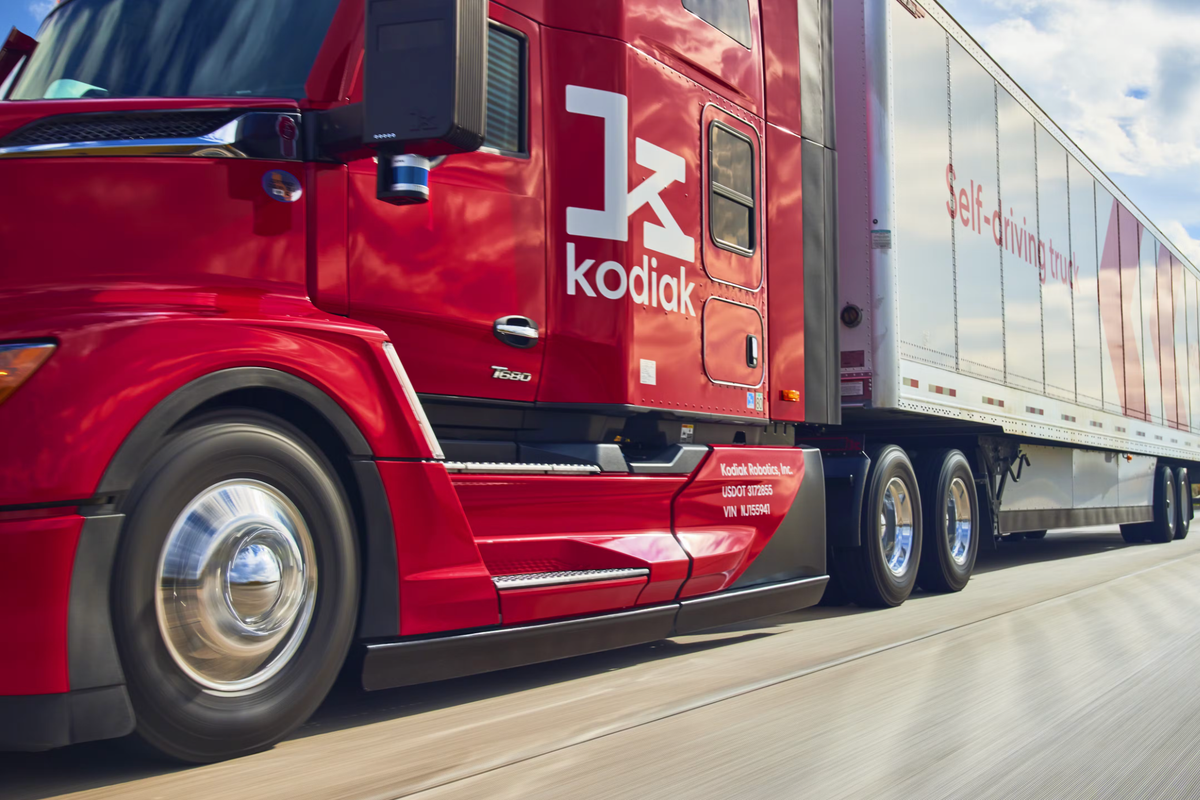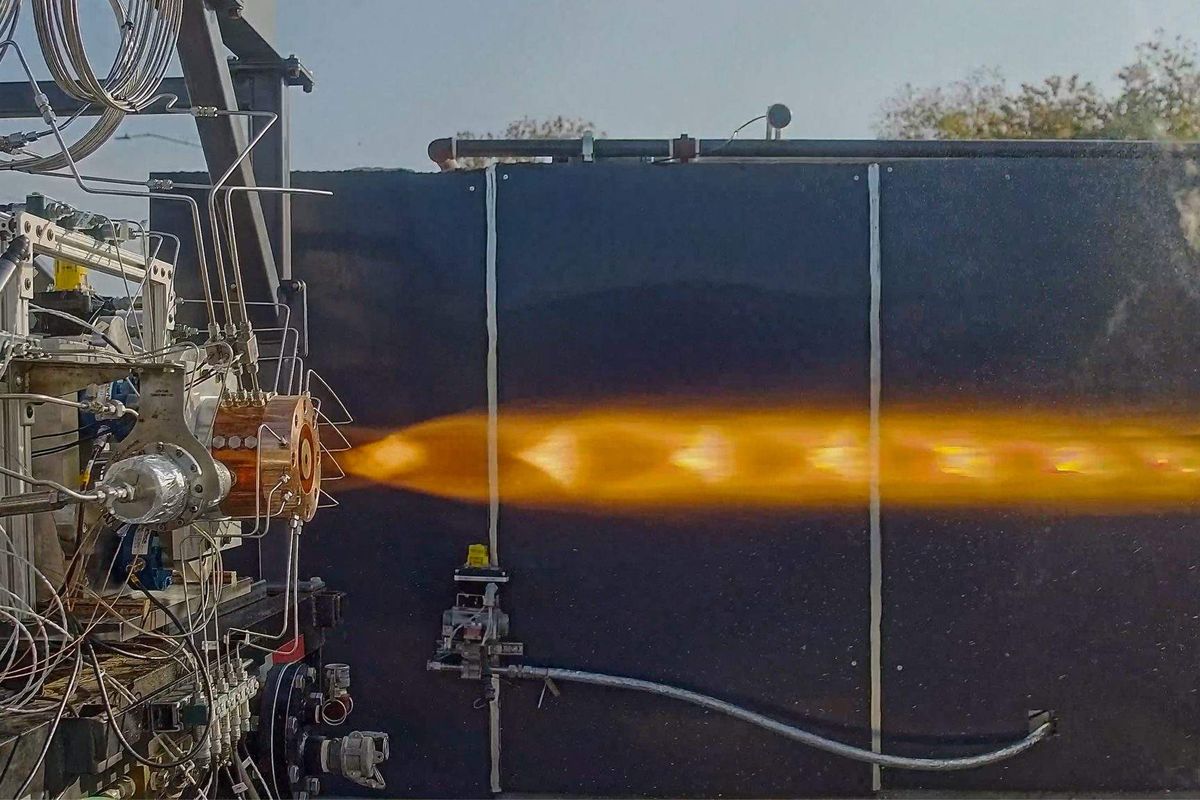Houston climatetech startup raises $21.5M series A to grow robotics solution
seeing green
A Houston energy tech startup has raised a $21.5 million series a round of funding to support the advancement of its automated technology that converts field wastes into stable carbon.
Applied Carbon, previously known as Climate Robotics, announced that its fresh round of funding was led by TO VC, with participation from Congruent Ventures, Grantham Foundation, Microsoft Climate Innovation Fund, S2G Ventures, Overture.vc, Wireframe Ventures, Autodesk Foundation, Anglo American, Susquehanna Foundation, US Endowment for Forestry and Communities, TELUS Pollinator Fund for Good, and Elemental Excelerator.
The series A funding will support the deployment of its biochar machines across Texas, Oklahoma, Arkansas, and Louisiana.
"Multiple independent studies indicate that converting crop waste into biochar has the potential to remove gigatons of CO2 from the atmosphere each year, while creating trillions of dollars in value for the world's farmers," Jason Aramburu, co-founder and CEO of Applied Carbon, says in a news release. "However, there is no commercially available technology to convert these wastes at low cost.
"Applied Carbon's patented in-field biochar production system is the first solution that can convert crop waste into biochar at a scale and a cost that makes sense for broad acre farming," he continues.
Applied Carbon rebranded in June shortly after being named a top 20 finalist in XPRIZE's four-year, $100 million global Carbon Removal Competition. The company also was named a semi-finalist and awarded $50,000 from the Department of Energy's Carbon Dioxide Removal Purchase Pilot Prize program in May.
"Up to one-third of excess CO2 that has accumulated in the atmosphere since the start of human civilization has come from humans disturbing soil through agriculture," Joshua Phitoussi, co-founder and managing partner at TO VC, adds. "To reach our net-zero objectives, we need to put that carbon back where it belongs.
"Biochar is unique in its potential to do so at a permanence and price point that are conducive to mass-scale adoption of carbon dioxide removal solutions, while also leaving farmers and consumers better off thanks to better soil health and nutrition," he continues. "Thanks to its technology and business model, Applied Carbon is the only company that turns that potential into reality."
The company's robotic technology works in field, picking up agricultural crop residue following harvesting and converts it into biochar in a single pass. The benefits included increasing soil health, improving agronomic productivity, and reducing lime and fertilizer requirements, while also providing a carbon removal and storage solution.
"We've been looking at the biochar sector for over a decade and Applied Carbon's in-field proposition is incredibly compelling," adds Joshua Posamentier, co-founder and managing partner of Congruent Ventures. "The two most exciting things about this approach are that it profitably swings the agricultural sector from carbon positive to carbon negative and that it can get to world-scale impact, on a meaningful timeline, while saving farmers money."
------
This article originally ran on EnergyCapital.





 2025 Houston Innovation Awards winners revealed at annual eventThe 2025 Houston Innovation Awards winners have been revealed. Courtesy photo
2025 Houston Innovation Awards winners revealed at annual eventThe 2025 Houston Innovation Awards winners have been revealed. Courtesy photo